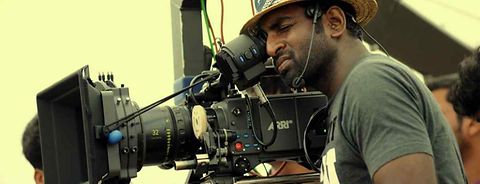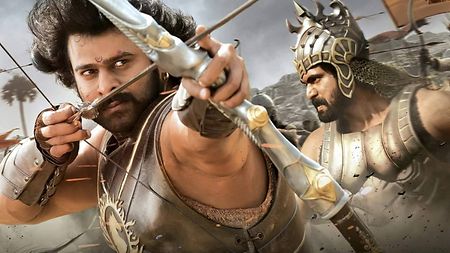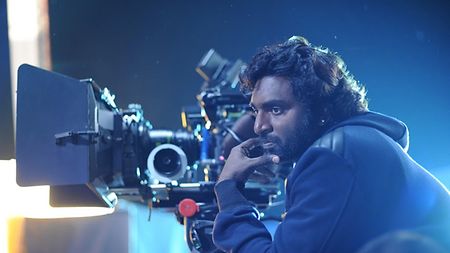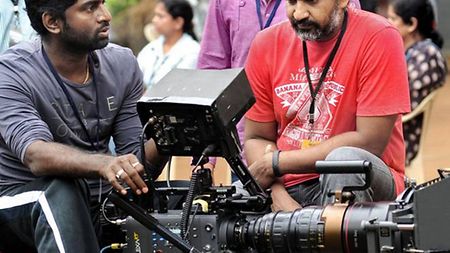"Baahubali" is a sweeping action-adventure drama set in medieval India, chronicling a struggle for power in the fictional kingdom of Mahishmathi. Written and directed by S.S. Rajamouli, it will be released in two parts, with a host of different language versions aiming for success across a range of international markets. Cinematographer K.K. Senthil Kumar worked with ALEXA XT cameras and Master Prime lenses, utilizing the ARRIRAW Open Gate format for maximum image quality in VFX-heavy scenes. Kumar spoke with ARRI about his equipment choices and his experiences working on the most expensive, ambitious film in the history of Indian cinema.
This was the director's first digital movie, but you have collaborated with him several times before; how would you describe the working relationship?
"Baahubali" is my sixth collaboration S.S. Rajamouli. In 2003, I shot my first movie SYE with him and since then, I feel we've been on an exciting and diverse journey through all our films together. "Baahubali" is yet another step in an entirely new direction regarding story, style, vision and scale, with a lot of new challenges and opportunities. One of the things that I love about working with Rajamouli is that he is very particular about getting the visuals right and to this end, has always given me the freedom to choose the camera and associated equipment.






